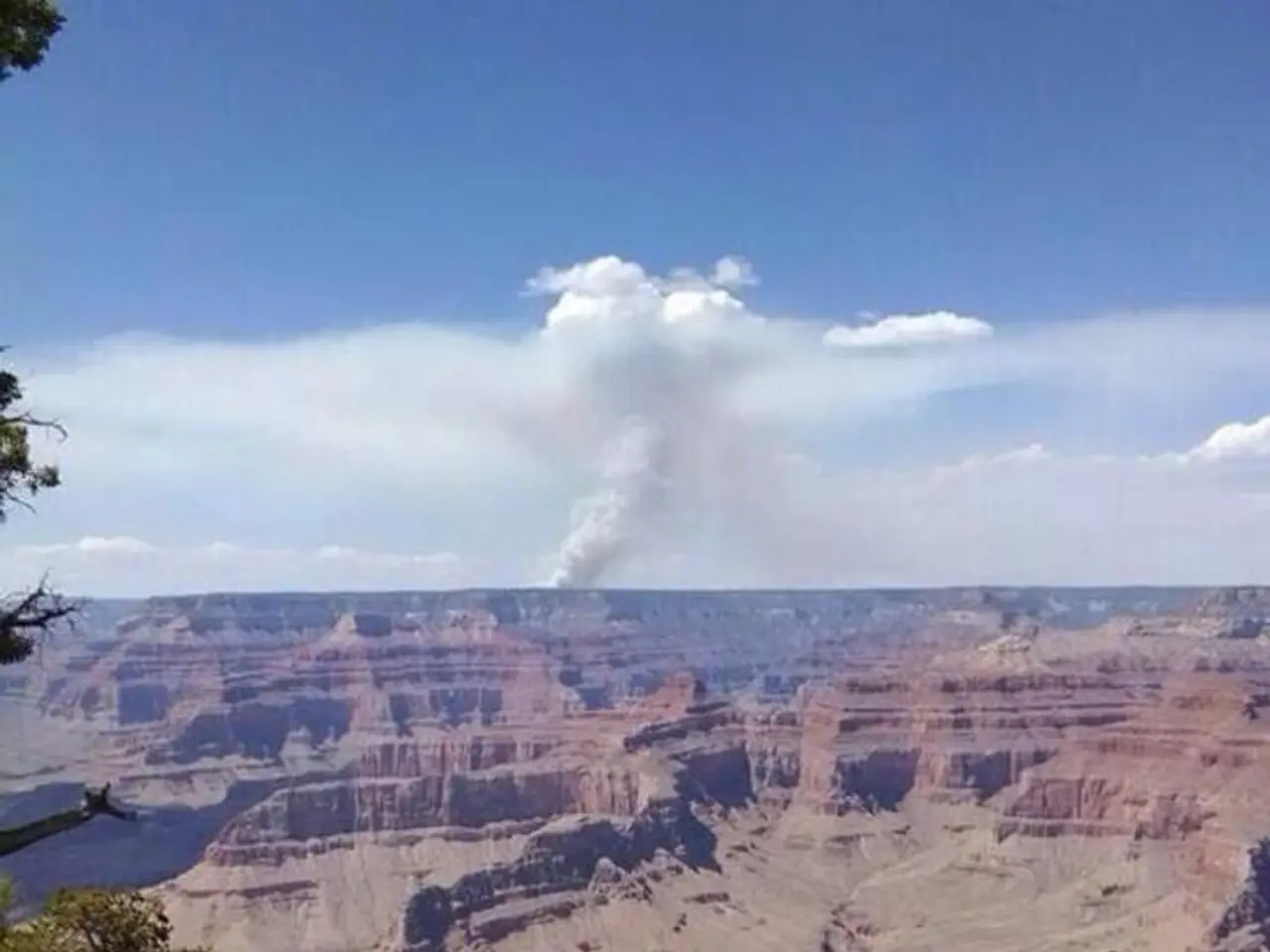Ideal Visit Timing for Bryce Canyon National Park: A Straightforward Overview
Bryce Canyon National Park, nestled at an elevation of 8,000 to 9,000 feet (2,400 to 2,700 meters), offers a unique and awe-inspiring landscape that transforms with each season.
Autumn, specifically the months of September and October, is often considered the best time to visit. During this period, temperatures are mild—averaging in the mid-60s to low 70s Fahrenheit—making it ideal for hiking outdoors without extreme heat or cold. The summer crowds have significantly thinned out, providing more room to breathe, contemplate, and take photos without strangers. The sky is an incredible, deep blue, which makes the orange of the rock formations pop.
Iconic trails like the Queen's Garden and Navajo Loop can be comfortably explored in autumn without sweating buckets or worrying about heatstroke. The air is crisp and cool, the summer heat is gone, and the days are perfect for hiking. Parking is no longer a battle, and you can feel the true serenity of the park.
Spring, from March to April, can also be a quieter time to visit. However, hiking conditions can be less predictable with lingering snow, ice on some trails, and muddy conditions as snow melts. Temperature ranges in spring are cooler, typically from low 20s to mid-50s Fahrenheit, so traction devices for hiking may be needed early in the season.
Summer, especially May through September, is the most popular time but tends to bring larger crowds and warmer conditions, though Bryce Canyon is cooler than many Utah parks due to its high elevation.
Winter, while offering a magical snowy landscape, is less suited for general hiking. The weather in Bryce Canyon is unpredictable, with the potential for snowstorms even in May and thunderstorms in July.
For the best experience, plan hikes early in the morning to avoid peak tourist traffic during the day. Sunrise and sunset times offer both wonderful photographic lighting and fewer people at popular viewing points such as Inspiration Point and Sunset Point.
In summary: - Best overall: September–October (mild weather, less crowd, excellent for hiking) - Spring: March–April (quieter but variable weather and trail conditions) - Summer (May–September): Warm with more crowds - Winter: Cold but offers a magical snowy landscape, less suited for general hiking.
[1] Bryce Canyon National Park Official Website [2] National Geographic: Best Time to Visit Bryce Canyon National Park [3] Lonely Planet: Bryce Canyon National Park [4] AllTrails: Bryce Canyon National Park Trails
- A guide recommends visiting Bryce Canyon National Park during September and October for optimal weather conditions, fewer crowds, and a perfect hiking environment.
- The map of Bryce Canyon National Park shows the Queen's Garden and Navajo Loop trails, which are ideal for exploring during mild autumn days.
- Early risers can catch a breathtaking sunrise over the park's unique rock formations, enhancing the quiet and serene experience of being surrounded by nature.
- For those interested in travel, planning a trip to Bryce Canyon National Park during autumn season would provide an unforgettable adventure.
- Hikers should arm themselves with appropriate gear, such as traction devices, for navigating trails with lingering snow and muddy conditions during the spring season.
- In the home-and-garden section of a lifestyle journal, one can find advice on preparing for a peaceful trip to Bryce Canyon National Park in spring.
- Bryce Canyon National Park might be cooler than other Utah parks in the summer months, but it is still recommended to wear layers and apply sunscreen for protection against the warmer weather.
- The national park service's official website offers detailed information on the ecosystem, hiking trails, and park rules for visitors to explore and plan their trips.
- National Geographic's article on the best time to visit Bryce Canyon National Park highlights why autumn is the peak season for hikers and nature enthusiasts.
- Lonely Planet's guide to Bryce Canyon National Park provides insights into the shifting landscape as the seasons change, along with practical travel tips.
- A hiker appreciates the crisp air and absence of summer heat while trekking through the park's quiet trails in late October.
- AllTrails' interactive map of Bryce Canyon National Park helps hikers choose suitable trails for different weather conditions, seasons, and skill levels.
- Photography enthusiasts are enchanted by the combination of the orange rock formations and the deep blue sky during an autumn sunset in Bryce Canyon National Park.





